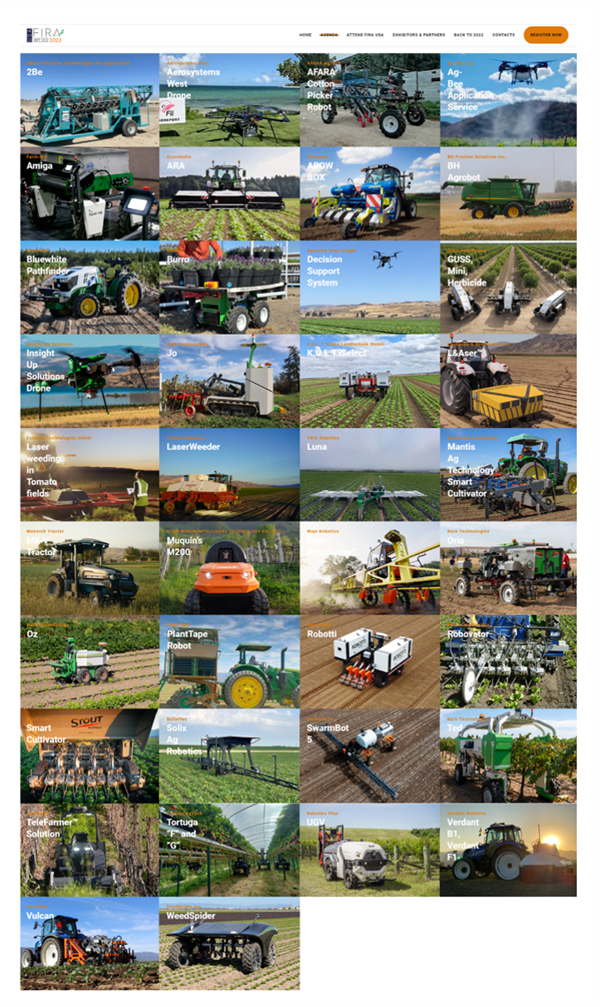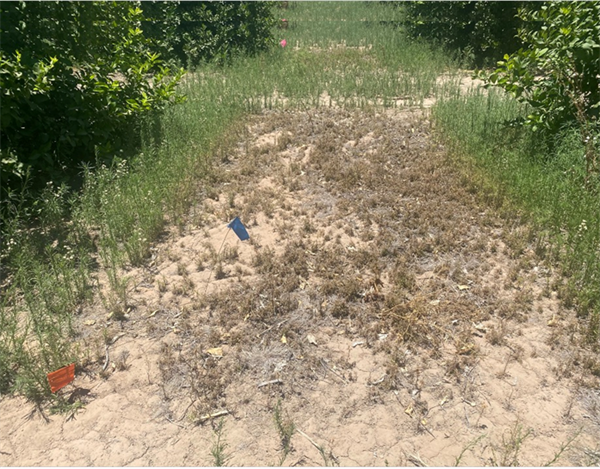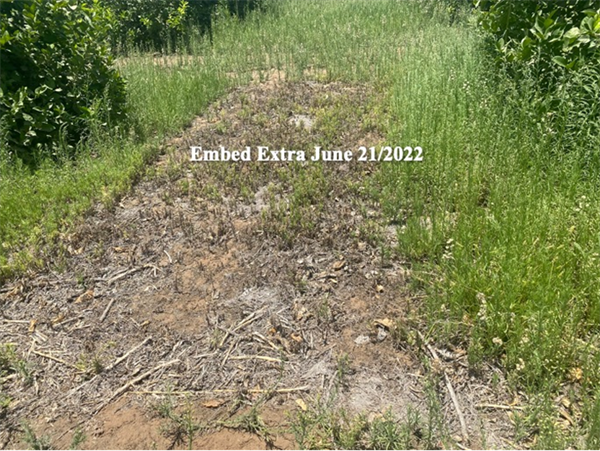
The drought-related pressures on the Colorado River system that have been impacting the entire basin and region for 23 years have slackened briefly due to the wet winter in 2023 that included a good snowpack in the mountains, better rainfall throughout the basin, and improved flows into the river. The current water level at Lake Mead on Hoover Dam is 1,068.25 ft. above sea level on 3 January 2024. That level is 160.75 ft below full pool of 1,229.00 ft. (Figure 1).
In mid-December 2023 representatives from each of the seven Colorado River Basin states met in Las Vegas, NV during the annual Colorado River Water Users Association conference. The focus of current discussions among the basin states is to negotiate a new compromise for the guidelines of use under conditions of water shortage. These new guidelines will go into place at the end of 2026. The immediate goal is to draft proposals by March 2024.
The negotiations are incentivized by having the opportunity for the post-2026 guidelines being developed by the basin states themselves as opposed to litigation or legislation. A major concern driving this process among the basin states that basin state representatives should be able to do this better than turning the process over to people and entities that have less direct familiarity with the situation and no real “skin” in the game.
The 1963 decision by the Supreme Court of the United States in of the Arizona v California case directed the federal authority on the management of the Colorado River to the Department of the Interior and the Bureau of Reclamation (BoR). However, the basin states have the chance to negotiate their future management plans on the Colorado River. If they fail to do so in the allotted time, the process will be managed by the federal government.
The basic water budget challenge is based on the following basic statistics:
Some notable progress is being made for conservation of Colorado River water with agreements among lower basin states and tribes that will conserve more than 1.5maf/year through 2026. For example, California water agencies have recently agreed to conserve up to 643,000 acre-feet/year through 2025. The Quechan Indian Tribe has reached an agreement with federal water managers to save up to 39,000 acre-feet/year through 2025. Arizona has agreed to conserve up to 348.00 acre-feet/year through 2026. All these temporary agreements are being supported with federal funding.
With agriculture responsible for 70% of the diversions on the Colorado River, these negotiations are extremely important for the future of agriculture in this region and our capacity to support high population densities that are now common and rapidly growing.
These types of negotiations are certainly challenging in dealing with a limited water supply and a lot of demand. There are many competing interests involved. Yet, we are confident that the representatives we have will be able to work this out and come to a set of functional agreements.
I am seeking samples of downy mildew on lettuce from around Yuma County to support the Michelmore Lab and their ongoing efforts to help characterize the downy mildew populations of the United States. The Michelmore Lab has led the charge on a survey of Bremia variants since 1980 and has been instrumental in demystifying the gene-for-gene nature of lettuce resistance to downy mildew.
Their group invites growers across the United States to submit downy mildew infected plant samples, which are then used to culture the Bremia on live host plants. The team then inoculates a panel of lettuce varieties carrying known resistance genes to determine the race of each isolate they receive. Identifying which races occur in which specific fields is essential to guiding the breeding of new resistant cultivars and maximizing the effectiveness of host-based genetic disease management. The data obtained from these tests are also used to designate new Bremia races through the International Bremia Evaluation Board.
Your contribution will help breed better lettuce for Yuma. This means less breakdown of resistance in the field, and better yields for Yuma growers. To facilitate these submissions the Yuma Plant Health Clinic will be setting up a separate drop-off point and submission sheet for downy mildew sample submissions in the same hallway we use for standard plant diagnostic submissions. The drop-off point will be clearly labelled and consist of a chest-style refrigerator and printed copies of the submission form. It is vital to keep these samples cool so they remain viable for future inoculations, so please place your samples inside of the refrigerator before you leave.
Shipping will be handled by the clinic. All we ask is that you fill out the submission form as completely as you can. An example of the questions that are asked in that form so you can prepare ahead of time can be found HERE .Interested in staying up to date on the latest robotic ag technologies? FIRA USA and a number of other entities are organizing a 3-day forum focused on autonomous farming and agricultural robotics solutions. The event will be held September 18-21 in Salinas, CA. The program includes top-level keynote speakers, breakout sessions, a trade show and field demos. Over 35 robots will be demoed and/or on display including 12 machines designed for weeding vegetable crops. Some of the latest technologies for in-row weeding will be featured including lasers (3 companies), high voltage electricity and high precision spot spraying (3 companies). If you are interested in ag tech, FIRA 2023 promises to be a quality event and one well worth attending. For more information, visit https://fira-usa.com/.

Fig. 1. Robotic technologies on display and being demoed in
the field at FIRA USA 2023. Event will be held September 19-21st in
Salinas, CA. (Photo credits: FIRA USA).
Surveying the Yuma area, we have observed a lot of Hairy Fleabane (Conyza bonariensis) and received calls from PCA's regarding this weed and its control.
We have observed that the application of Glyphosate is not showing good efficacy in controlling this species in parts of Yuma and Phoenix area.
Resistance to glyphosate has been reported in some grain growing areas of Queensland and northern New South Wales and other cropping regions across Australia (1) as well as Spain (2).
Other cases of resistance to other herbicides such as paraquat, and 2,4-D have been confirmed (3).
In the International Herbicide Resistance Weed Database it is reported that in Switzerland that both Conyza canadiensis (Horseweed) and Conyza bonariensis (Hairy Fleabane) presented resistance to a HRAC Group 9 herbicide last year. We found resistance reported in California only and not in Arizona (4).
Some of our PCA amigos and field technicians have reported having problems finding a good treatment for fleabane due to possible glyphosate resistance. We included Glufosinate and Embed Extra in a trial last year. The images below show good results of an application of Rely at a high rate (82floz) with two applications at a 2-week interval. The second picture shows the efficacy of Embed Extra (2 pt.) following the same application schedule. Weeds were ~2-3” at the time of application. Some growers have reported good results with glufosinate in Waddell AZ. Sharpen has also been used by Yuma citrus growers.
A study showed that plants grown at 90% relative humidity presented more translocation of glufosinate than those grown at 35%. Relative humidity had greater effect than temperature on glufosinate toxicity to Palmer amaranth, redroot pigweed, and common waterhemp (5). In a trial conducted by Barry Tickes from UA nutsedge control was better in an August application with a ~40% RH than a June application with ~20% RH.
As always please check labels and registration before using these treatments.

Figure 1. Hairy fleabane control with Glufosinate

Figure 2. Hairy Fleabane control with Embed Extra
References:
1. https://bnrc.springeropen.com/articles/10.1186/s42269-020-00316-w
2. https://cdnsciencepub.com/doi/10.1139/cjps-2018-0254
3. https://bioone.org/journals/weed-technology/volume-35/issue-4/wet.2021.11/Cross-resistance-to-diquat-in-glyphosate-paraquat-resistant-hairy-fleabane/10.1017/wet.2021.11.short
4. https://www.weedscience.org/Pages/Species.aspx
5. Coetzer, E., Al-Khatib, K., & Loughin, T. (2001). Glufosinate efficacy, absorption, and translocation in amaranth as affected by relative humidity and temperature. Weed Science, 49(1), 8-13. doi:10.1614/0043-1745(2001)049[0008:GEAATI]2.0.CO;2